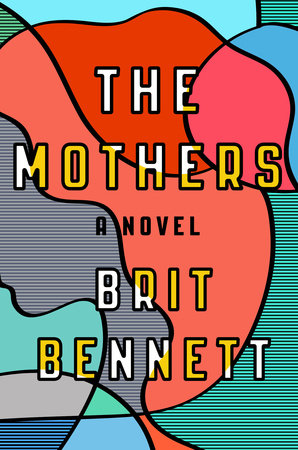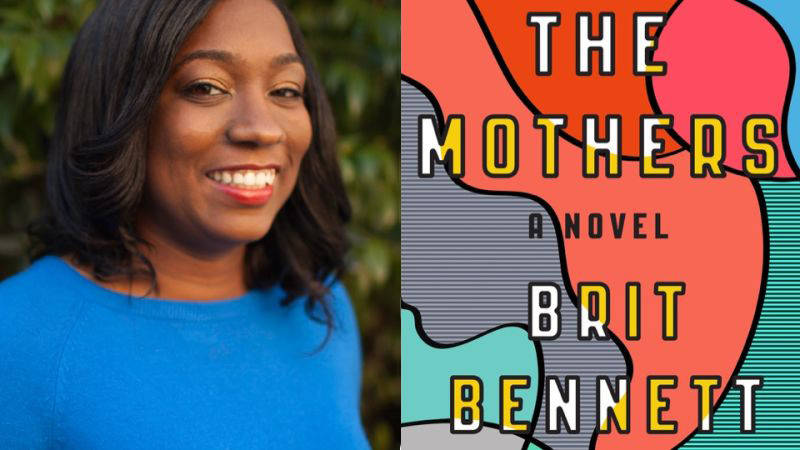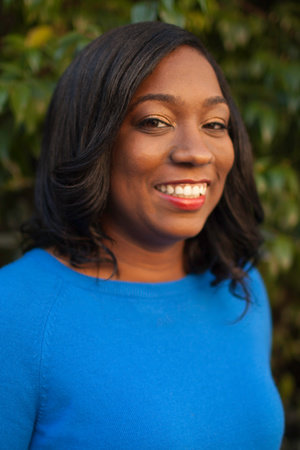How critical should a reviewer be of a first novel? This is the question I asked myself as I read The Mothers, the debut novel by Brit Bennett, a National Book Foundation 5 Under 35 honoree who’s written for the New Yorker, Jezebel, and the New York Times. There are, of course, brilliant first novels, but most of the time they’re the flawed result of a writer learning how to tell a story. Often they’re more indicative of talent than craftsmanship.
The Mothers (Riverhead Books; $26, out Oct. 11) falls into this category. It’s a novel full of authentic observations and complex moments, yet its parts never quite weave together in the way its author seems to intend.
The story revolves around Upper Room Chapel, a church in a black community in San Diego. Nadia Turner is a teenager whose mother has just committed suicide. To escape her grief, she begins secretly dating the pastor’s son, Luke Sheppard. When Nadia discovers she’s pregnant, she gets an abortion, a big no-no in the religious community in which she lives. This event continues to affect the characters, and those they love, well into adulthood.

Bennett has an eye for emotional details, especially related to grief and emptiness. Before her mother’s death, Nadia felt like she was “being handed from person to person like a baton… Then one day, her mother’s hand was gone and she’d fallen, clattering to the floor.” As the title suggests, this novel is concerned with motherhood and mothering. The moms in this book are either stern, disapproving, or absent. Nadia becomes friends with Aubrey, a teenager whose mom has abandoned her. The girls bond over their loss, wondering “if they were the only ones who felt they didn’t know their mothers. Maybe mothers were inherently vast and unknowable.”




